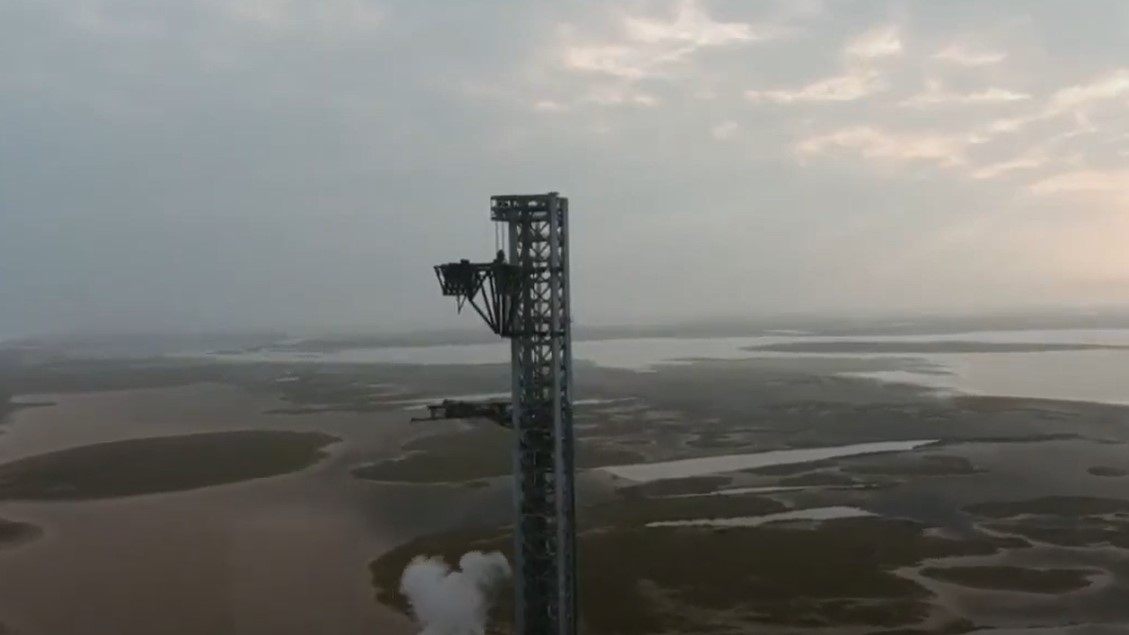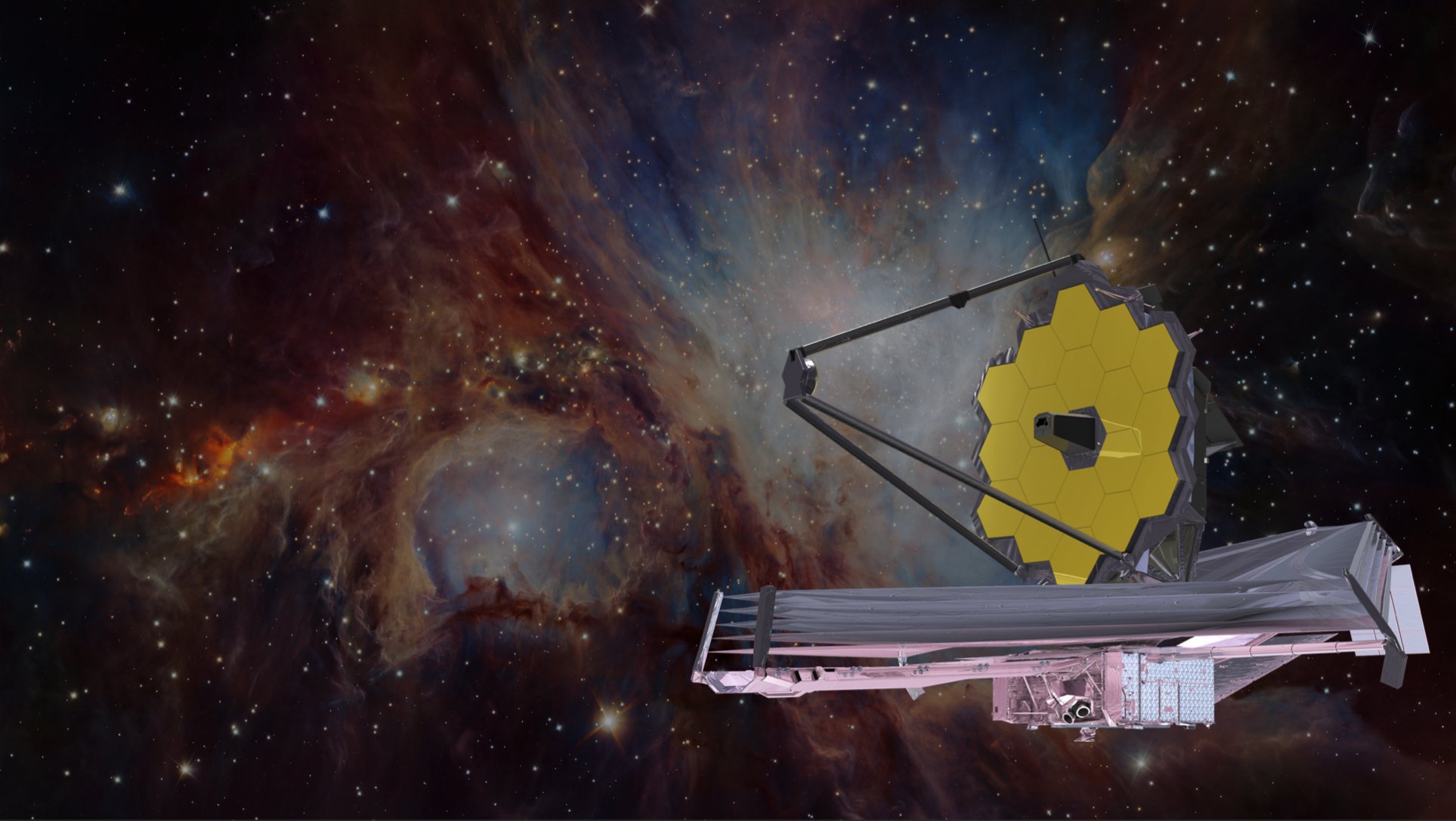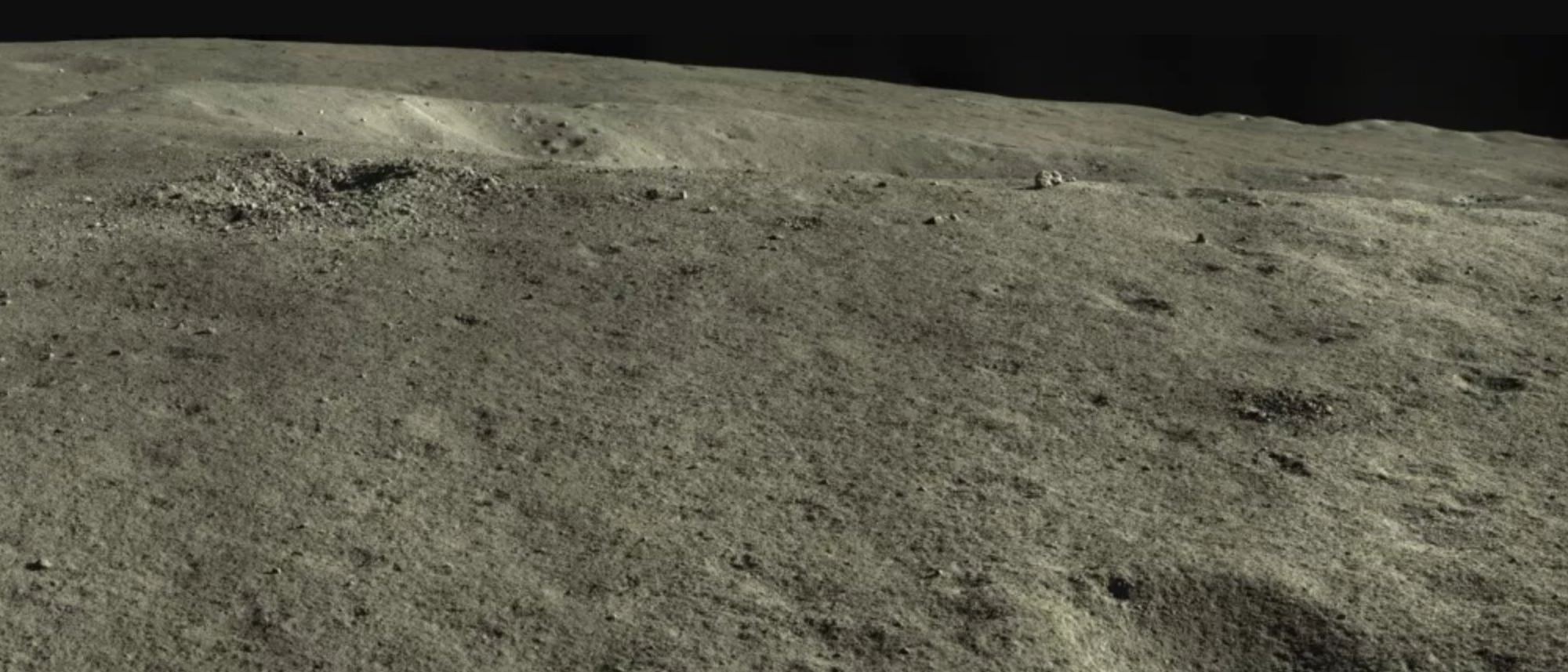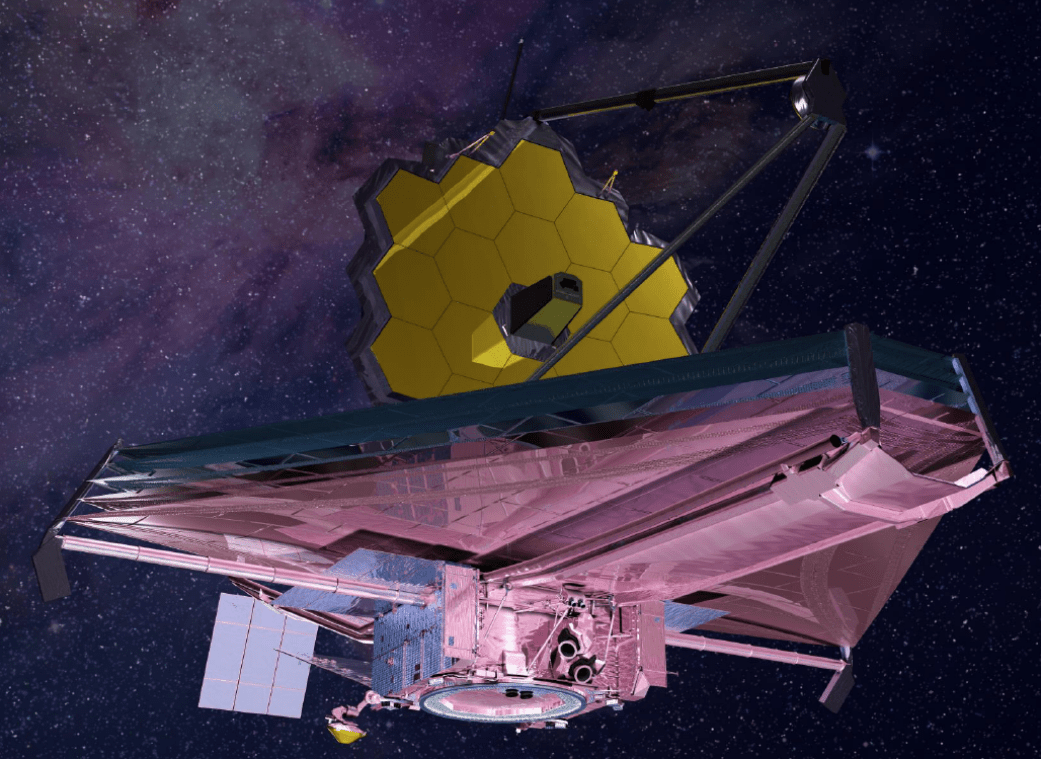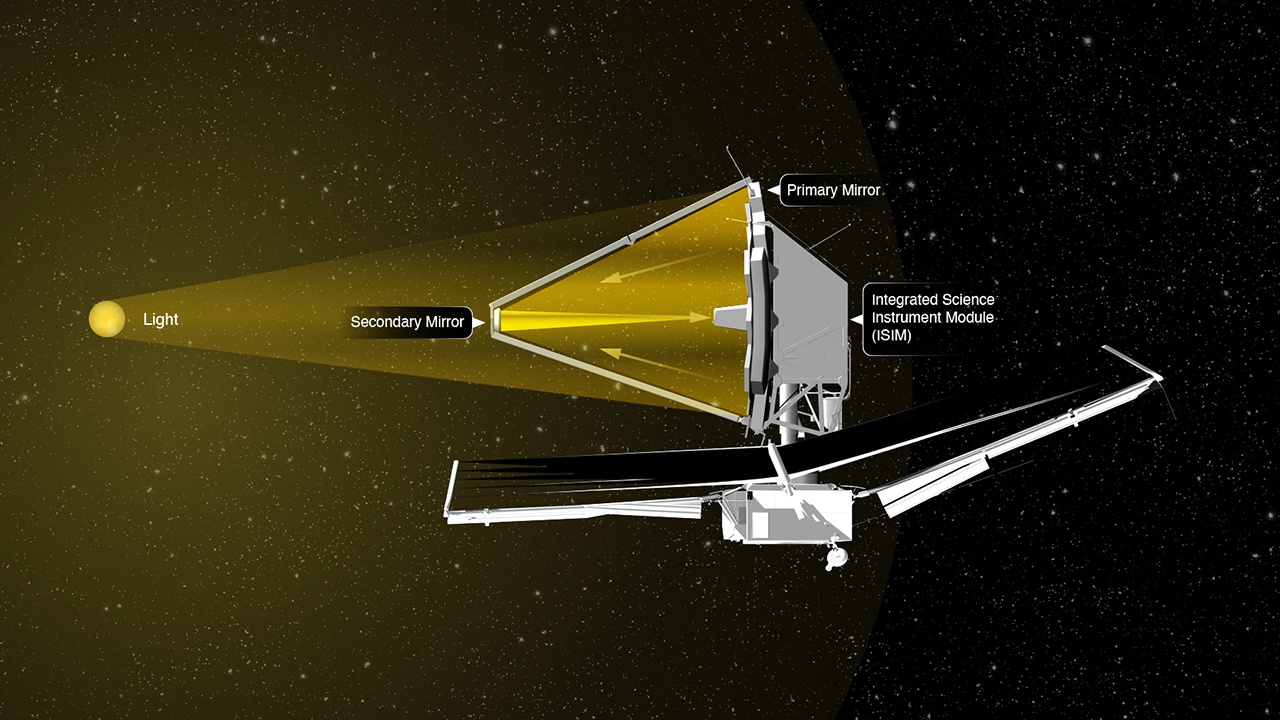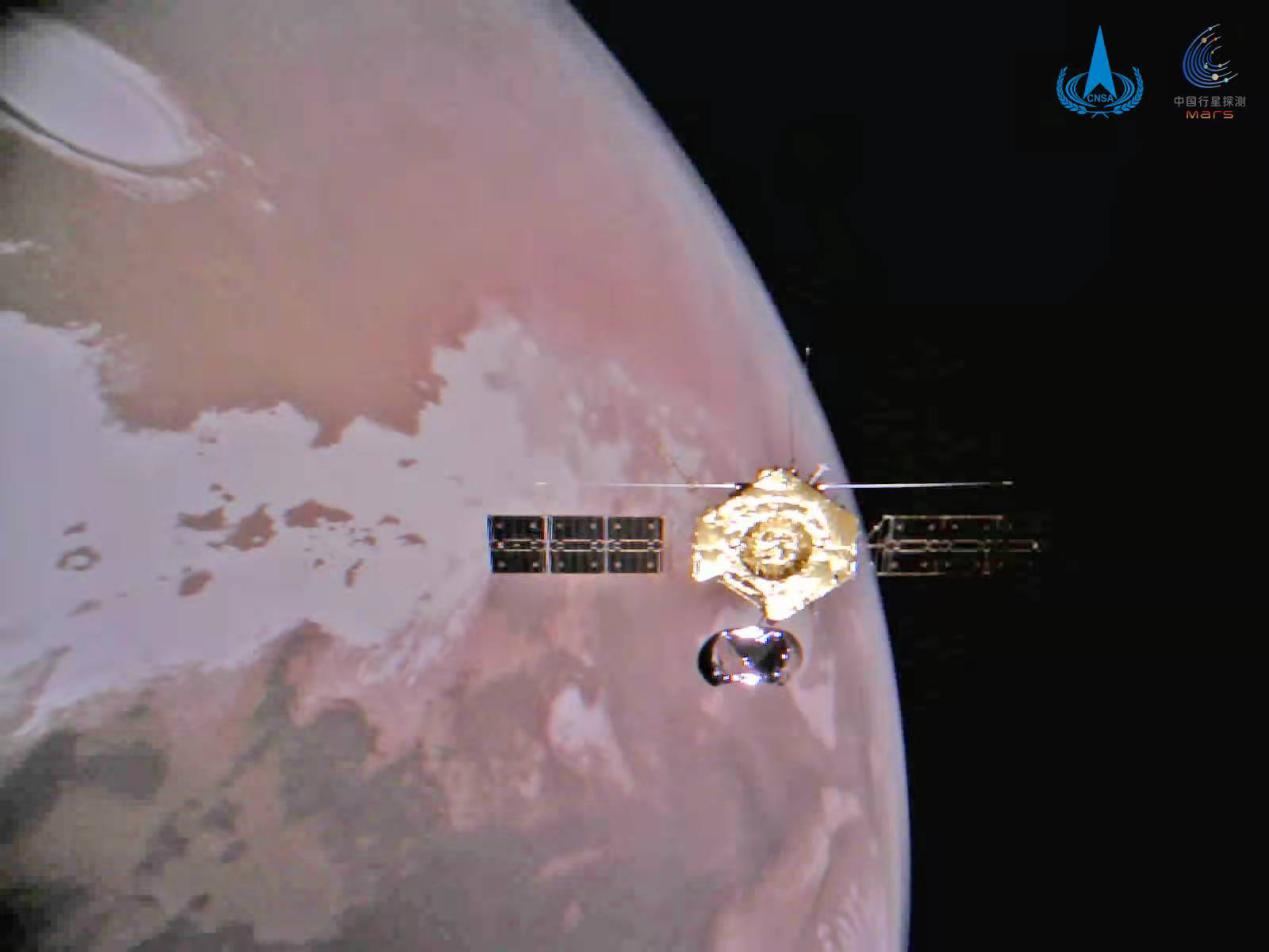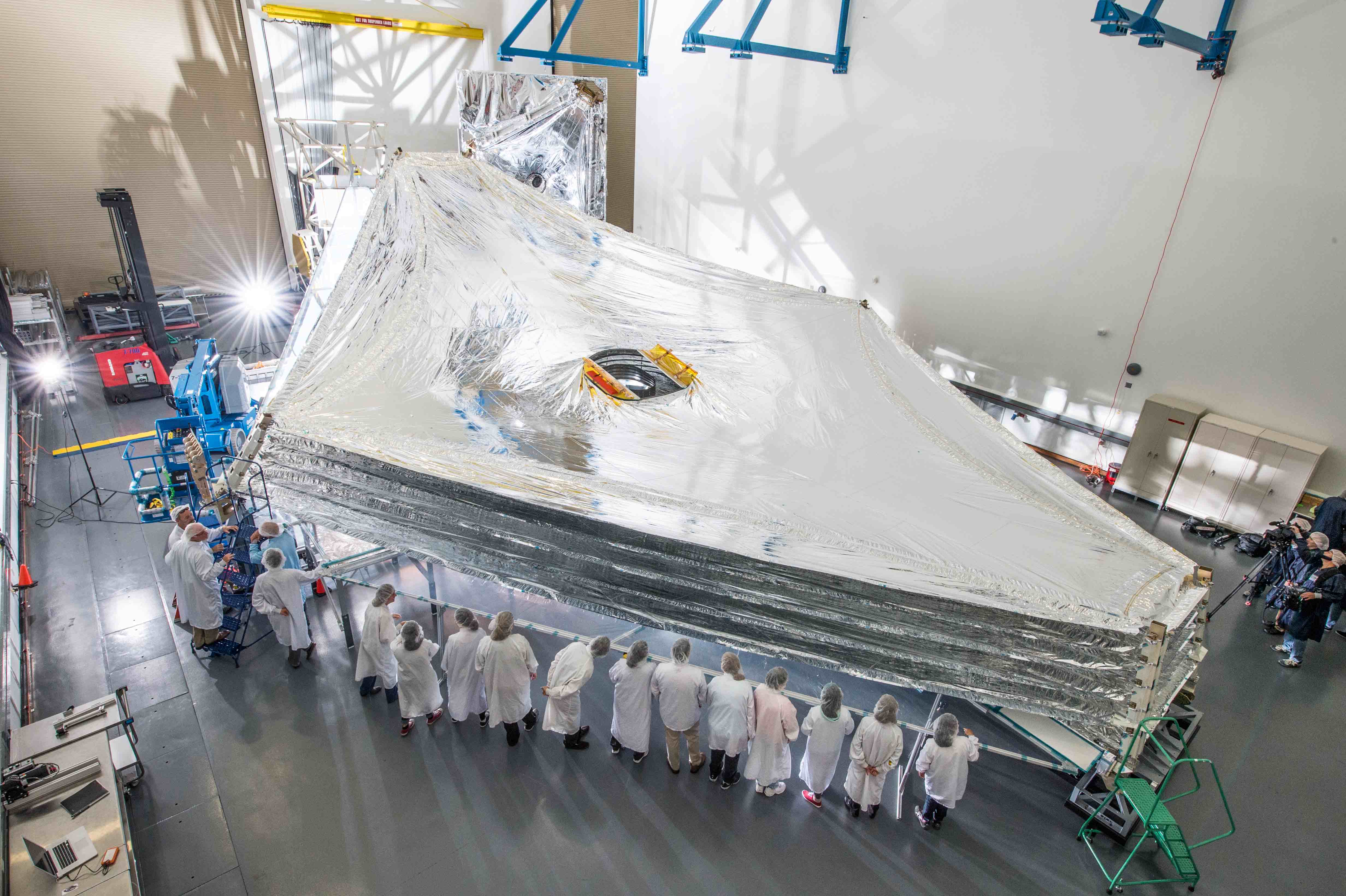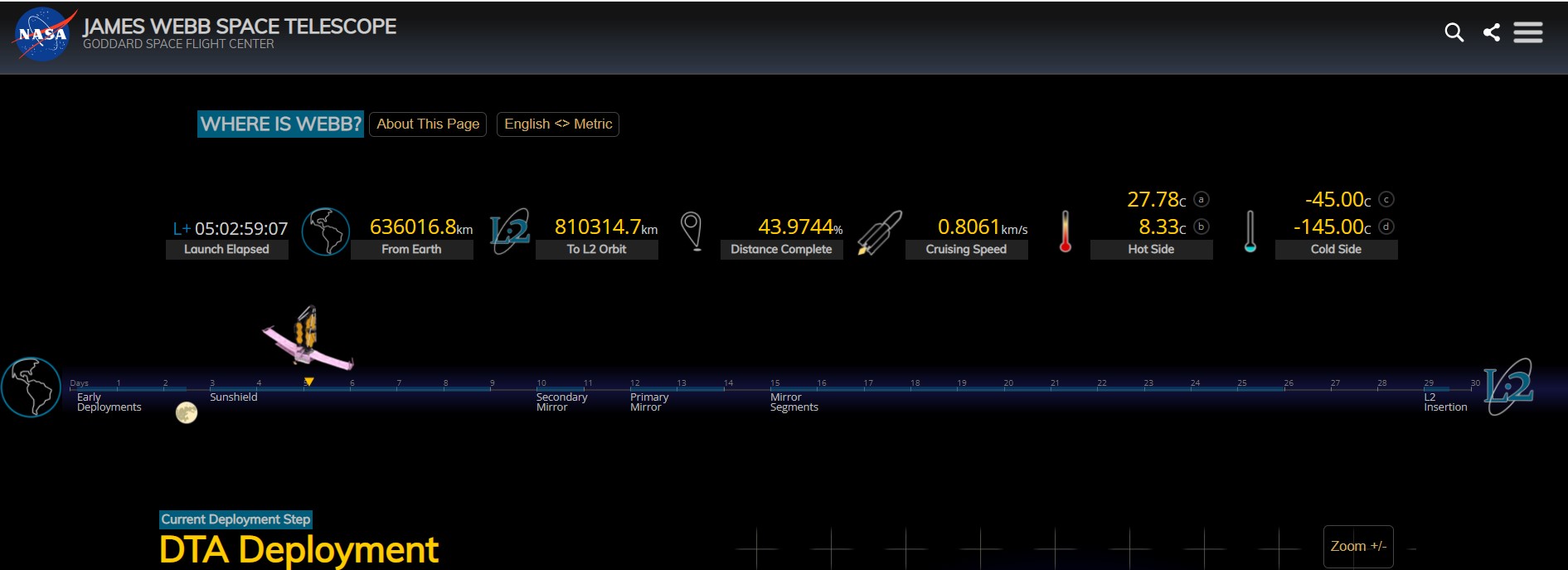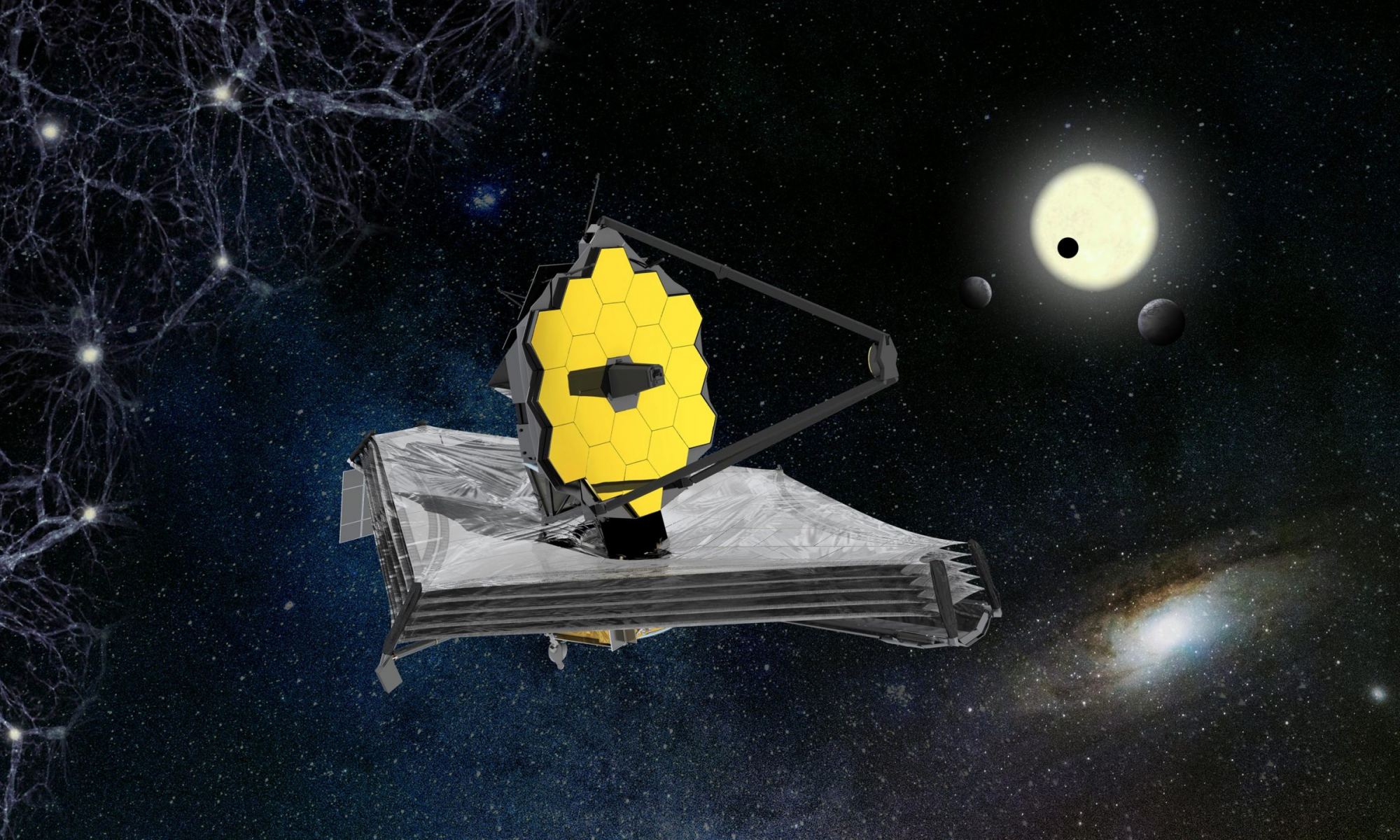If you felt a little more tension – and perhaps more goosebumps — in the Universe today, it’s probably because the James Webb Space Telescope’s sunshield is now completely and successfully deployed! All five layers of the sunshield have been fully extended and “tensioned” into the final taut, kite-shaped configuration. This is a huge accomplishment (and huge relief) for the entire international Webb mission
“This has been many years in the making, and is a really big moment for the entire team,” said the JWST mission operations manager after the final events to tension and latch the sunshield were confirmed. “There’s nothing cooler in space than JWST!”
Continue reading “Success! Webb Sunshield Now Fully Deployed”

